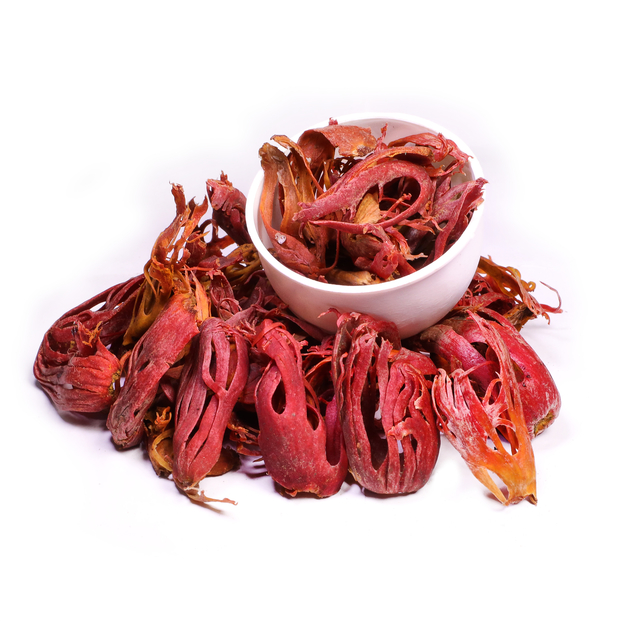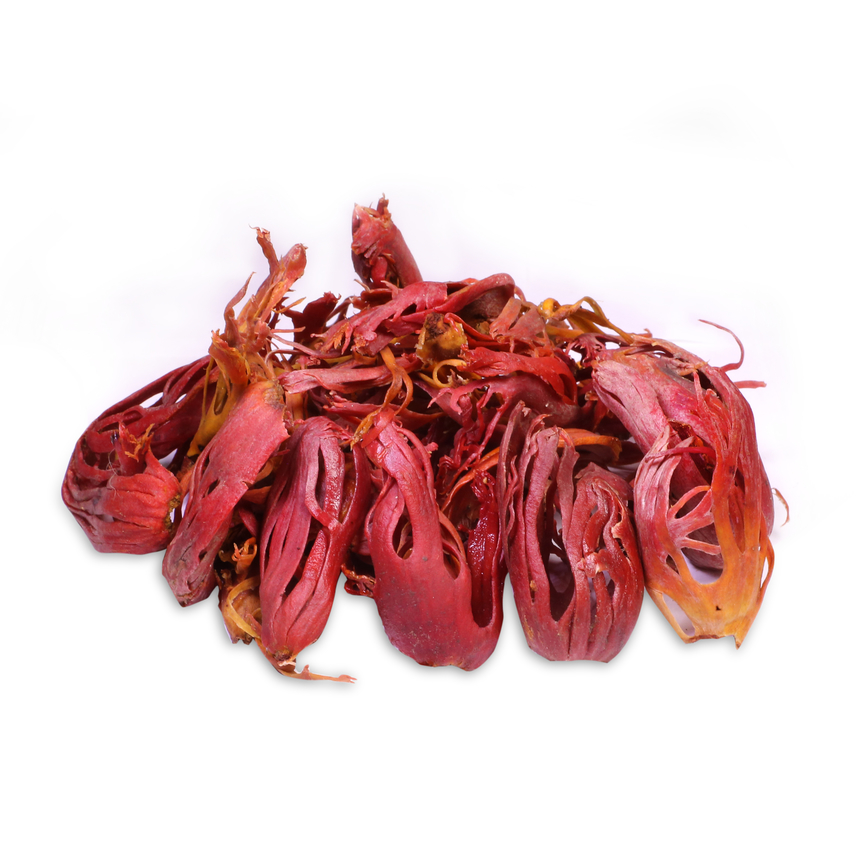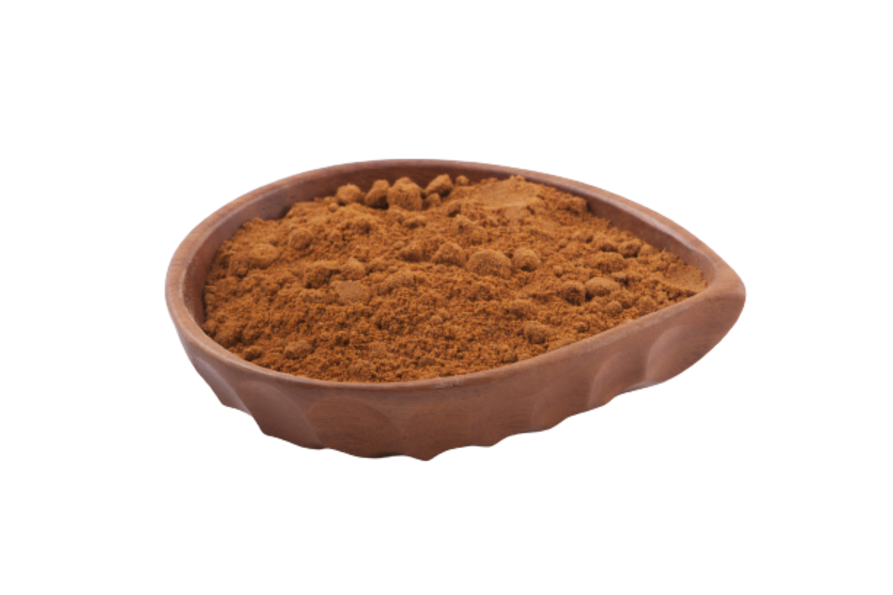MACE
ABOUT MACE
Mace is part of the same seed, and has a warm, earthy, aromatic flavor. Mace is slightly stronger and sweeter than nutmeg, and works particularly well in custard-based desserts.

WHOLE
Mace is a yellowish-brown spice that is derived from the dried lacy coating of the nutmeg seed. Available in ground form and as dried “blades,” it is often paired with other aromatic spices. Mace is featured prominently in Asian, Caribbean, Indian, and Moroccan cuisines, and is also used in British, Dutch, and French cooking.
It is commonly found in spice blends and baked goods, as well as savory dishes like soups, sauces, and poultry and fish recipes. The “mace” that is used as a defensive pepper spray has no relationship to the spice.

GROUND
Mace is a yellowish-brown spice that is derived from the dried lacy coating of
the nutmeg seed. Available in ground form and as dried “blades,” it is often
paired with other aromatic spices. Mace is featured prominently in Asian,
Caribbean, Indian, and Moroccan cuisines, and is also used in British, Dutch,
and French cooking.
It is commonly found in spice blends and baked goods, as well as savory dishes
like soups, sauces, and poultry and fish recipes. The “mace” that is used as a
defensive pepper spray has no relationship to the spice

